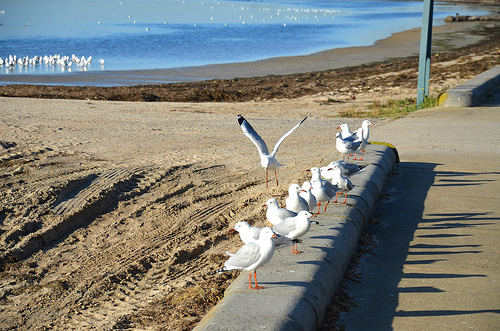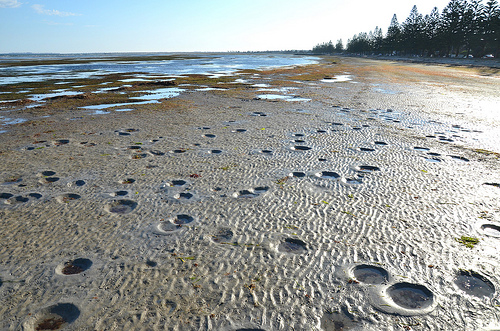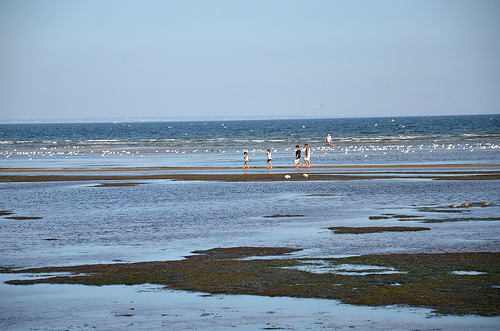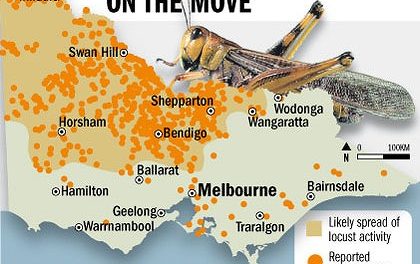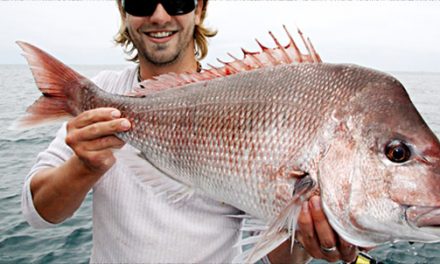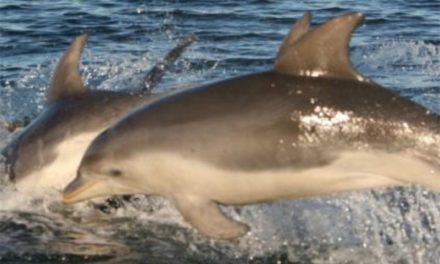After an early dinner yesterday at around 6.15 p.m., we decided to go to Altona Beach. As we drove eastwards along the Esplanade, we were fixated by a spectacular sight.
Thousands of silver gulls were swarming above Altona Bay as shown in the following video. The gulls feel safer in packs/groups so they usually swarm around food and feed as a pack. From this video, you can hear the flapping noises, punctuated by occasional shrills, the most common being a harsh “kwee-aarr“. Such a scene usually takes place during low tides.
The Silver Gull (Chroicocephalus novaehollandiae) also known simply as the Seagull, is the most common gull seen in Australia including Altona. It has a white head, body and tail, and a pair of light-grey wings with white spotted, black tips. Male gulls have red legs. Adults range from 40–45 cm in length with a mean wing span of 94 cm. Juveniles have brown patterns on their wings and a dark beak while adults have bright red beaks. The brighter the red, the older the bird.
The silver gull feeds on worms, fish, insects and crustaceans. It also scavenges dead animals and organic litter. It likes seafood especially clams. However, the shells are too hard for their beaks to break so they carry the clams over rocks and drop them to crack them open.
My wife discovered the exposed seabed on Altona Beach was teeming with living minute shelled creatures, which may provide a rich food source for the gulls, thereby explaining their abundance and the swarming spectacle. Shown in the photo below are numerous perfect circles (with a raised rim enclosing a depressed centre) littered throughout the exposed seabed. Maybe someone can enlighten me what causes the formation of these enigmatic structures.
Unlike most other animals, seagulls can drink both fresh and salt water. This is due to a specialized pair of glands above their eyes, which can flush the salt from their systems through openings in their bill. This ability makes it possible for them to spend days out at sea without the need to return to land for fresh water.
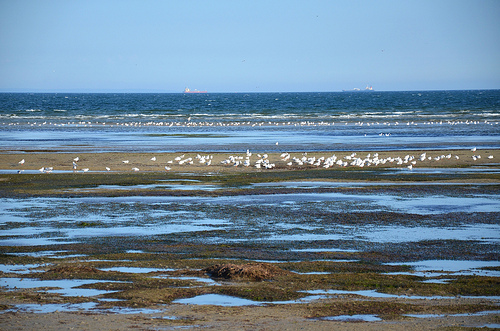
Sand shoals become islands of haven for these gulls at low tides
Both female and male seagulls take turn to incubate the eggs. The female will sit for around 3-4 hours and then switch with the male which will also sit for the same length of time. The seagull who is not sitting on the nest will hunt, feed and collect materials for the nest. When the hunter returns to the nest and if the existing bird does not budge, the hunter will push it off the nest!

